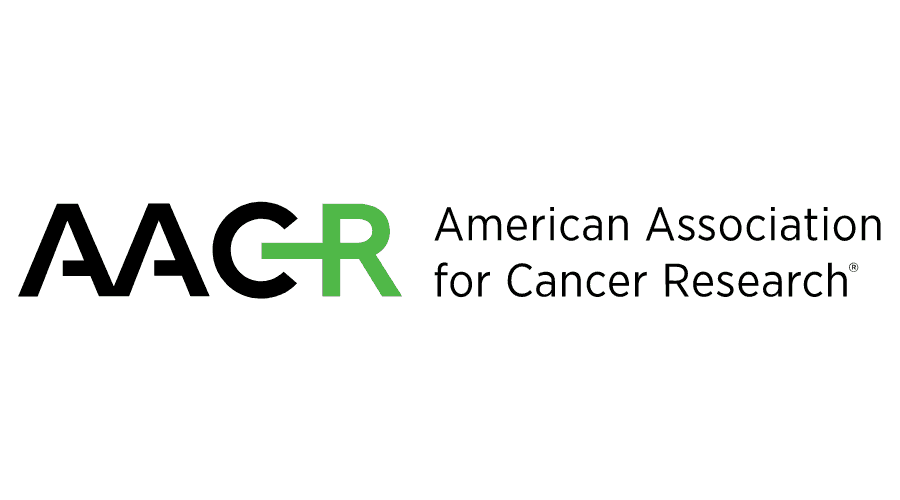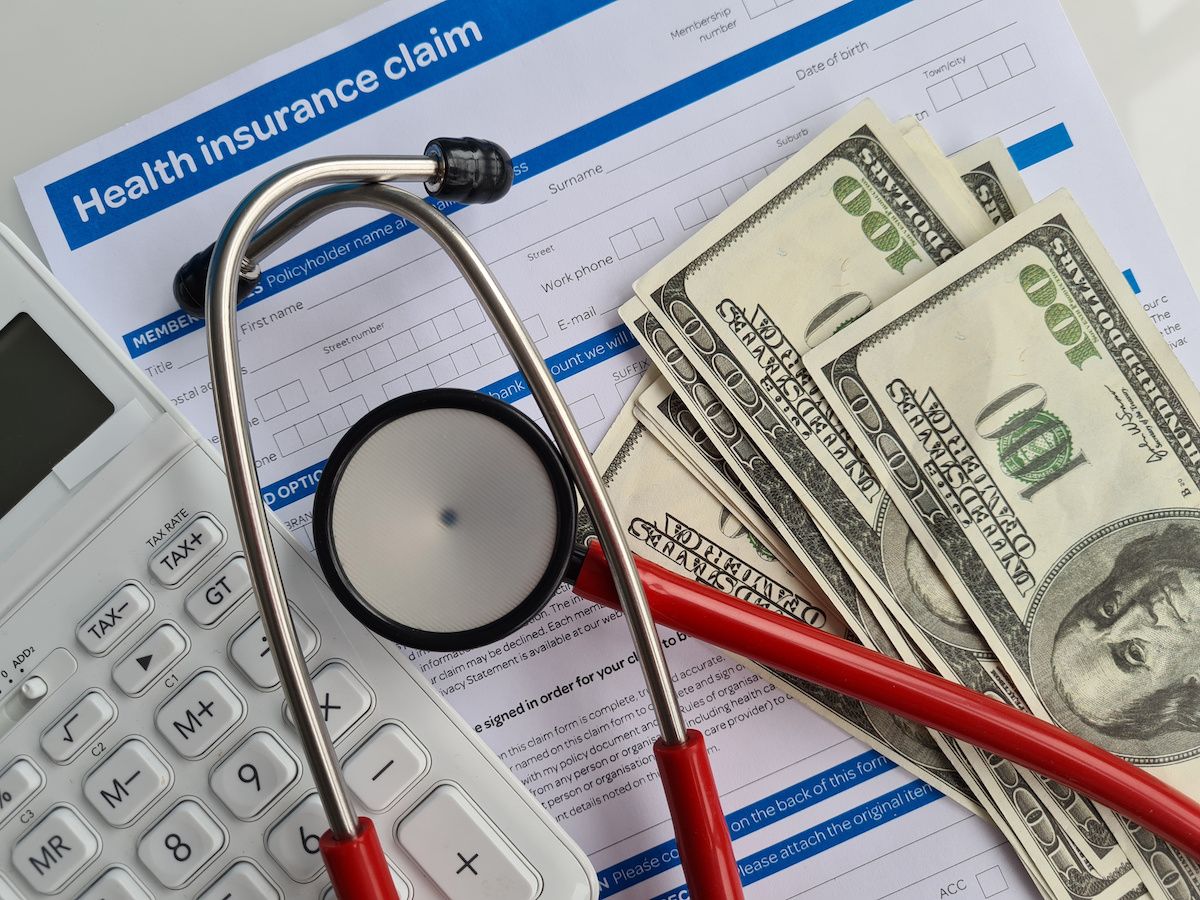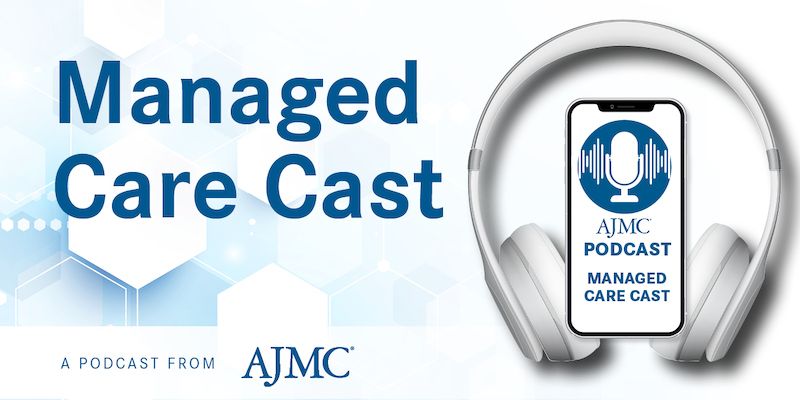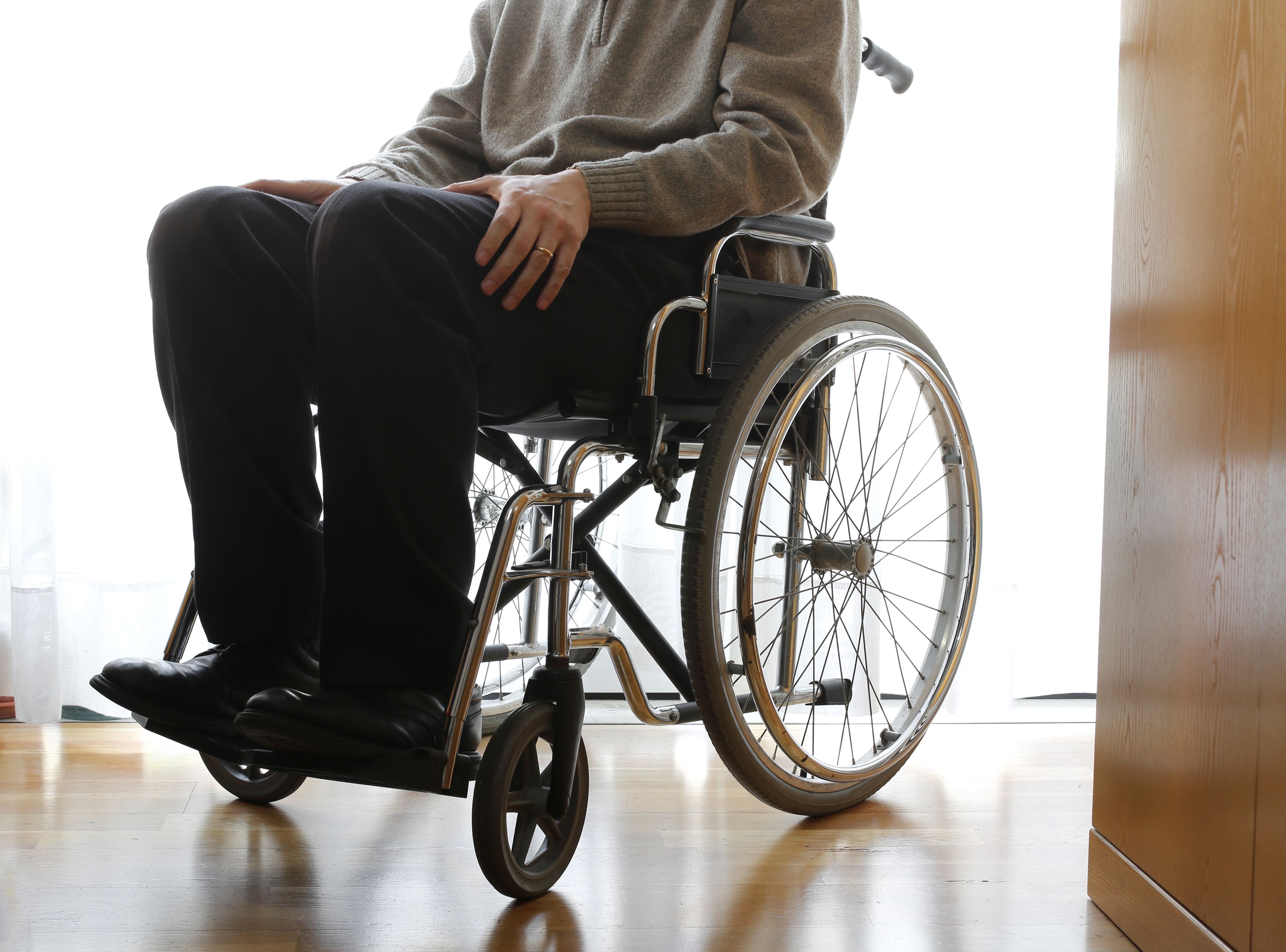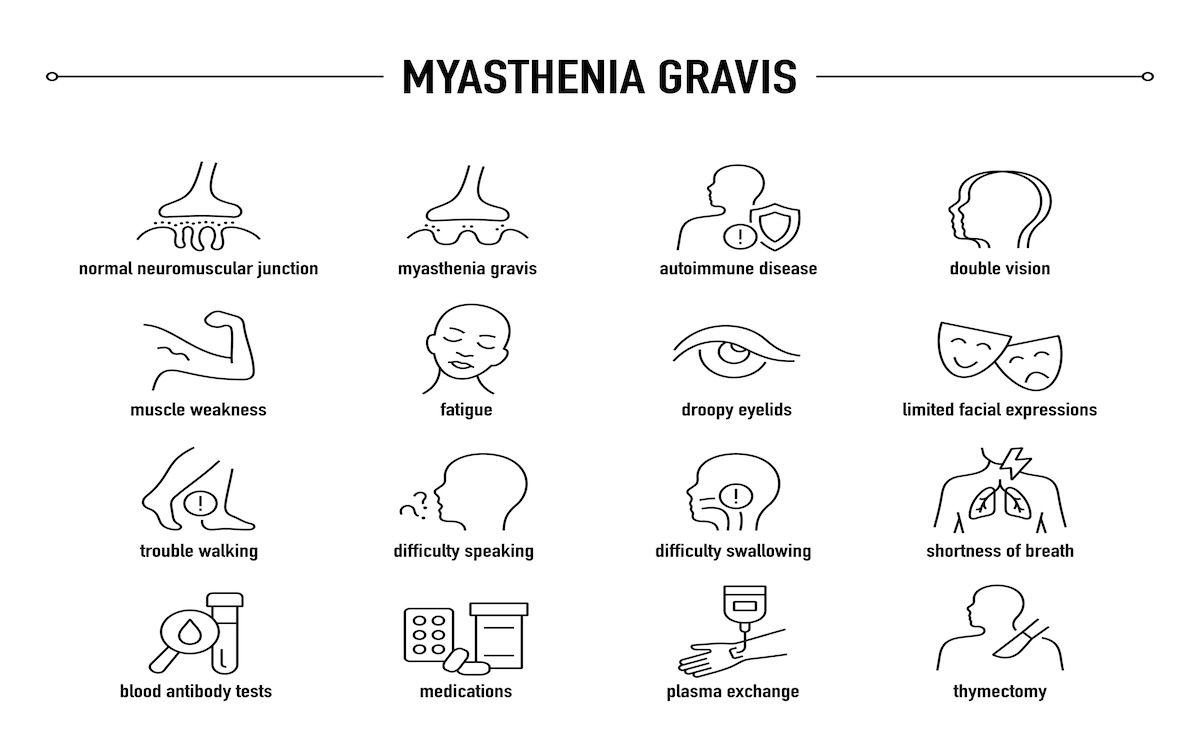Video
Dr Simon Gibbs on Daily Management of Patients With Pulmonary Hypertension
Pulmonary arterial hypertension requires vigilant monitoring beyond just a superficial conversation, including several yearly tests and analyses, according to Simon Gibbs, MD, Reader in Pulmonary Hypertension at the National Heart and Lung Institute, Imperial College London.
Pulmonary arterial hypertension requires vigilant monitoring beyond just a superficial conversation, including several yearly tests and analyses, according to Simon Gibbs, MD, Reader in Pulmonary Hypertension at the National Heart and Lung Institute, Imperial College London.
Transcript
What are the challenges of daily management of patients with pulmonary arterial hypertension?
The most important thing with pulmonary arterial hypertension is getting the diagnosis right. And then, having made a diagnosis, they require treatment, and they require support. The treatment with the drug therapies requires very vigilant follow-up over time, as long as the patients are on treatment and the treatments are in general for life.
So, they will require follow-up every 3 to 6 months, usually at 3-monthly intervals. It’s not a matter of just sitting with a patient and saying, “Hey, how are you? Can you walk and all the rest of it? That’s fine, off you go.” It’s also critical to undertake further investigations and it’s not necessarily everything every time, but that includes blood test, 6 minute walk test, arterial blood gases or oxygen saturation, echocardiography, cardiopulmonary exercise testing, and measuring hemodynamics by right-heart catheterization.
So it’s not every visit, but at least at our institution we undertake an annual assessment once a year and do everything. If a patient changes treatment or a dose is changed, then everything is repeated after 3 or 4 months. It isn’t just a simple, “Hi, how are you getting on?” and I think that’s the important thing.
But in addition to that, the patients require support. They go to other healthcare professionals and have other medical conditions, of course, and then nobody knows whether it’s safe to do something to them or not, or to give them this drug or that drug. They all come running along, saying, can I do this, can I do that, and other doctors do the same. So there’s a lot of remote telephone support, and then there’s also seeing the patient as well.
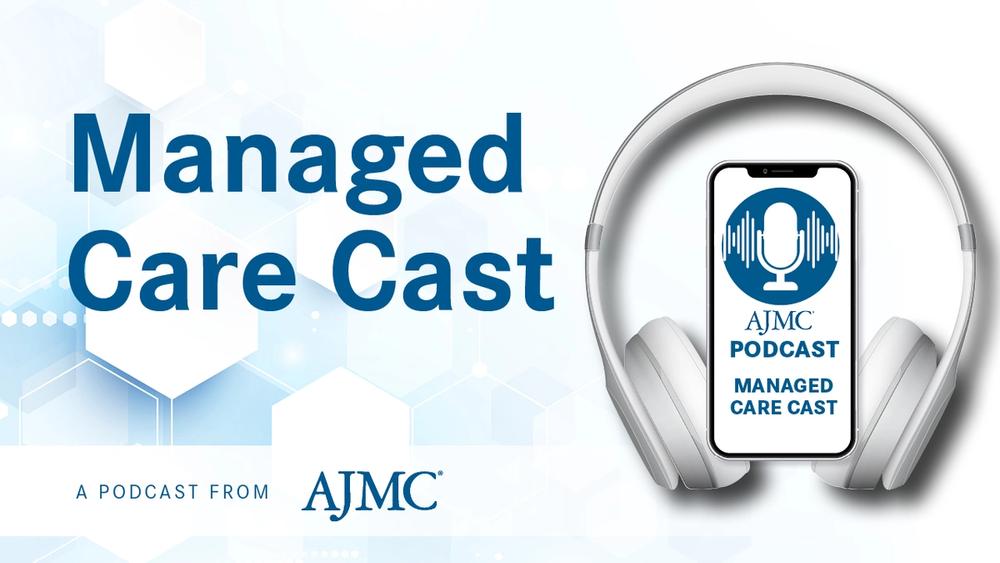
The Importance of Examining and Preventing Atrial Fibrillation
